Gardening is enjoyable and fulfilling. What could be better than eating food you produce or having dinner in the backyard surrounded by the perfume of fragrant plants you’ve nurtured? Getting started in the garden might be tricky, but we’re here to help you.
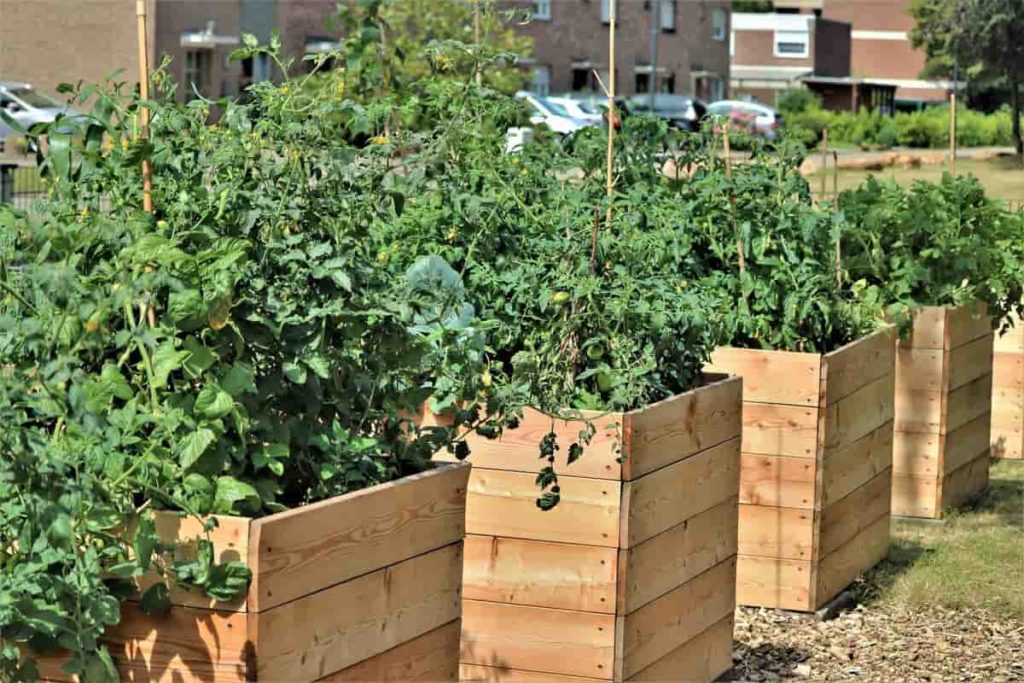
Below we will learn about Seattle backyard gardening, Seattle planting dates, Seattle backyard gardening, the best vegetables, fruits, flowers, and herbs to grow in Seattle, the climate and planting zones of Seattle, when to start planting in Seattle, and a step-by-step guide to starting a backyard garden in Seattle.
About the climate and USDA hardiness zones of Seattle
The Seattle zone has been shifted from 8 to 8b. Temperatures as low as 10 degrees Fahrenheit can support the growth of plants in Zone 8. Temperatures of 15 to 20 degrees Fahrenheit are OK for plants in Zone 8b. Some sources place Seattle in the oceanic zone. However, the primary climatic categorization defines the city’s climate as temperate. It has chilly, wet winters and lovely, dry summers, so it’s the best of all worlds.
Because it is harder and wetter than a “real” Mediterranean climate but yet has a dry summer, the climate is frequently referred to as “modified Mediterranean.” USDA hardiness zones 8b and 9a apply to the city and its surrounds, except for a few coastal outposts. There aren’t many extremes of weather in Seattle. Only seven days a year in the city do residents report hearing thunder. Only five days each year see more than a quarter of an inch (0.25 cm) of snowfall.
Due to the sea, the city’s temperature is consistent. Pacific Ocean, Puget Sound, and Lake Washington moderate Seattle’s temperature, making it warmer in winter and cooler in summer than inland places. The city has a lot of rain between October and May, although it isn’t as heavy as it is between June and September. Seattle’s reputation for rain is well-earned since it has more “rain days” than any other large American city.
Seattle backyard gardening: A step-by-step guide to growing a backyard garden in Seattle
Choose the perfect spot in your backyard
The placement of a garden is a significant choice to make. Backyard gardening can be more enjoyable and convenient if you choose the correct location. Choosing a growth location involves numerous aspects. Still, the most important is access to additional water, well-drained soil, suitable depth, and ease of maintenance and harvest. However, the soil may be improved, water lines installed, and trees cleared.
In case you missed it: Columbus Backyard Gardening: How To Start, A Step-By-Step Planting Guide to Beginners in Ohio
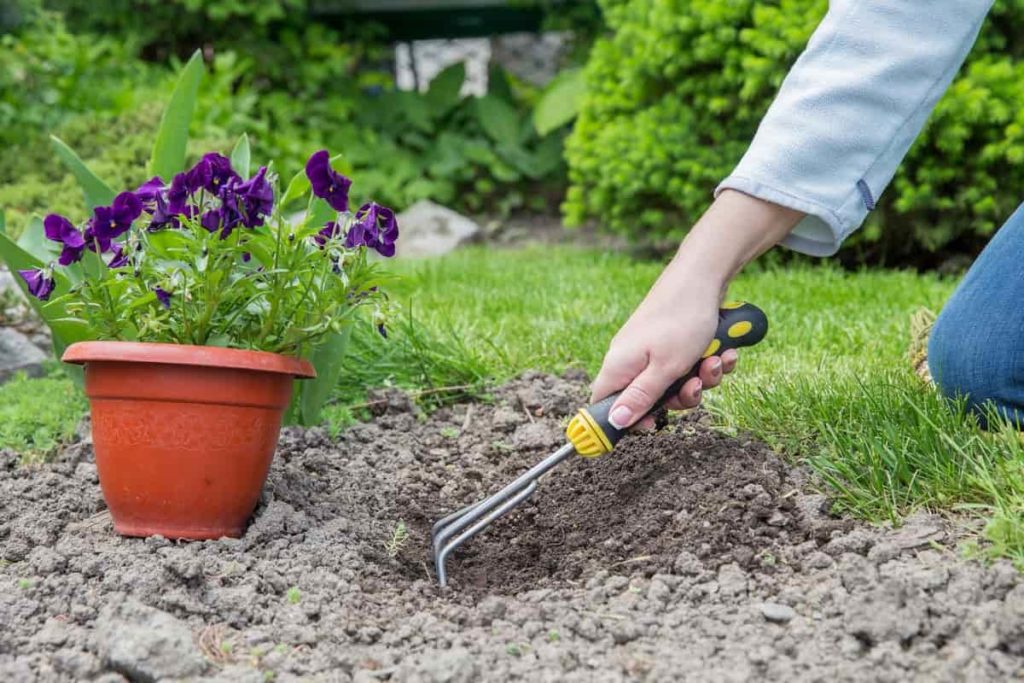
Raised beds, for example, can help gardeners get more produce out of a little space. Regardless of how they go about it, many property owners have an appropriate location on their land. Other considerations for site selection include Pets’ and wildlife’s favorite spots, where harm to vegetation is possible.
Regarding the necessary tools or equipment, nearby trees and shrubs can shade plants or remove water from the soil; it must be compatible with the backyard’s landscaping design. Gardeners should consider their own time and skill constraints, the location, the space needs of the crops they wish to plant, and the quantity of food they seek when deciding how large a garden to build. Start small and expand your growth area as your skills improve.
Prepare your soil in the selected spot
Well-drained and deep soil is ideal for growing plants. In addition, it should have an organic matter content of at least 5% of the total mass. This includes the essential nutrients (phosphorus, potassium, calcium, sulfur, and magnesium). Typically, soil amendments are required to meet all of these requirements. A soil sample is an initial stage in determining the soil’s nutritional state.
The soil test result includes recommendations for improving the soil’s fertility. To get the most out of this knowledge, it’s essential to follow these guidelines. As a rule of thumb, this data does not consider yield projections or the individual nitrogen or pH preferences of various crops. Based on the amount of organic matter in the soil, one application of nitrogen is usually recommended at planting time.
Regarding applying, side-dressing is most often the method of choice. The use of nitrogen is not needed if organic matter levels are high enough. One to multiple times a season, gardeners “work” the soil in their plots. In the spring, they till the soil to prepare it for planting and to add soil amendments, and in the autumn, they tell it to interrupt insect cycles and add organic matter or cover crops.
A garden tiller, sometimes known as a rototiller, is a compact, powered tool used for this purpose. Avoid excessive tillage. “Hard Pan,” a hard layer that forms at around the depth to which the tiller tines penetrate, can be harmed by over-tilling” (4 to 6 inches). Gardeners should also avoid working in moist soil for the same reasons.
Start planting your backyard garden
Depending on the light, some plants will thrive better than others. Insect and disease issues can be reduced by half if plants are given the necessary light. Planting a large number of tiny plants need a soil amendment of the proper size to be spread over the whole planting area. As the holes are excavated, the native and additional soil can be well mixed. The amendment to the soil’s surface works best for bigger plants.
In case you missed it: Las Vegas Backyard Gardening: How to Start with Vegetables, Fruits, Flowers, and Herbs at Home in Nevada
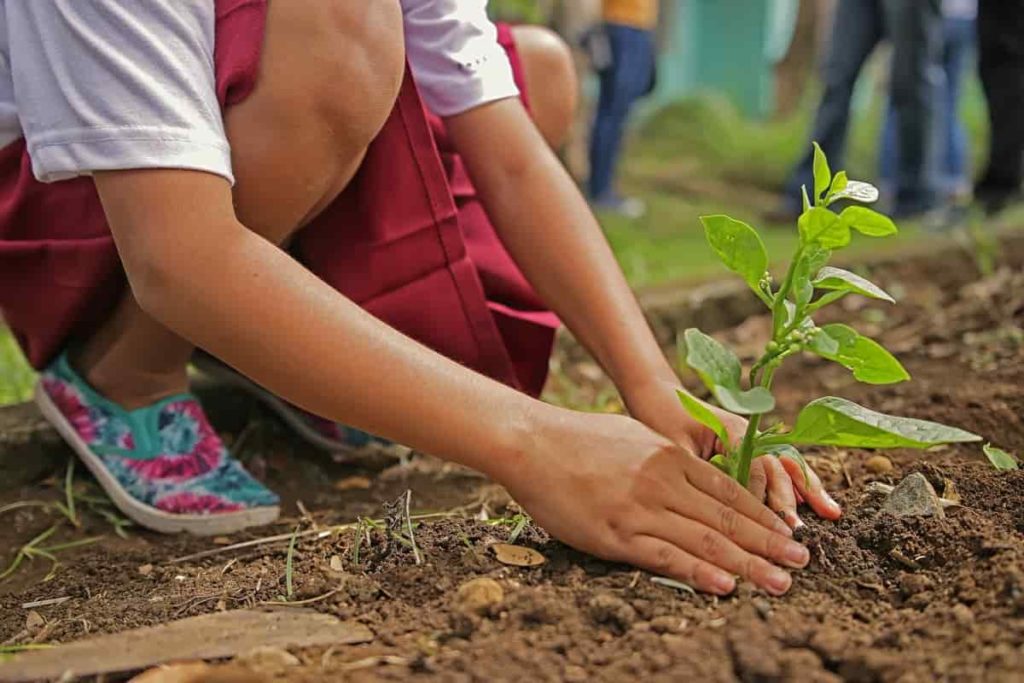
As the hole is excavated, the native soil and addition will blend well. If water-holding granules are going to be used, ensure they’re ready to go by following the manufacturer’s instructions. Dig holes twice the container’s diameter and as deep as it is. Scrub the sidewalls of the pit to create minor gashes in heavier clay soils. Slick, impermeable sides to holes should be avoided.
The root zone should be filled with water before planting any plant that is larger than 1 gallon in size. Observing how fast your soil can drain may help you determine how often you will need to water in the future. Fast-draining, sandy/loamy soils need more watering than clay soils. A small mound of the mixed dirt and a pre-plant fertilizer should be placed at the bottom of the draining hole.
A “nutrient web” is created around the plant’s roots using fertilizers that include beneficial mycorrhizae and humic acids. Turn the pot upside down, gently touch the bottom, or squeeze the edges to remove the plant. The plant can be gently shaken or slipped out of larger pots by turning them over and swaying them. Pushing down on the walls of the container in two locations is typically enough to loosen a “stuck” plant in a larger container.
Don’t tug upward on the stem or top of the plant to remove it from a container, as this might cause the plant to be separated from its roots. The new plant’s roots must be encouraged to take root in the soil by this following step. You can either rip the sides to make a “fuzzy” ball of soil and root or use a tool like a transplanter or a root/sod knife to split it into a more dispersed shape by cutting the sides.
Pulling the roots at the bottom of the ball straightens them. The roots of certain woody plants and trees can be seen around the rootball. These need to be tugged at to straighten them. This technique can appear negative but, in reality, tremendously encourages new root formation. Breaking the rootball will help aid future watering by completely entering and soaking the root zone.
Make a tiny mound of soil by placing the plant in the potting hole. Distribute the roots evenly over the top of the heap. If you’re using moisture-holding granules, follow the directions and integrate them into the soil before filling the hole with the mixed soil. To allow settling during watering, you should place the plant slightly higher than the hole. Using the leftover soil after excavating the hole, a small levee can be built around bigger plants to function as a water basin.
Water your backyard plants
As summer heats up in the Midwest, more watering for gardens is sometimes essential. Avoid using little, infrequent doses of water while rinsing. It is advisable to water the plant less often but more thoroughly. Poor watering makes plants more vulnerable to drought if they have shallow roots. Because leaves dry up faster in the morning than in the evening, the optimal time to water is between 6 and 8 a.m.
If you have plants that are vulnerable to leaf disease and water them in the evening, you may want to avoid doing so. At noon, when temperatures are at their highest and evaporation is at its fastest, watering is at its least effective. Many gallons of water can be saved by installing water-efficient watering systems. The most water-efficient method is drip or trickle watering, which uses soaker hoses.
Watering near or deep inside the soil is more efficient than overhead sprinkling. Overhead sprinklers waste a lot of water to evaporation and runoff in hot weather. Plants need around 1 to 1-1/2 inches of precipitation or water from irrigation per week when conditions are dry. During really hot conditions, their watering needs can rise by up to 2 inches per week.
There are certain drawbacks to drip watering, including the fact that it is impossible to tell exactly how much water has been used. Soil moisture concentrations will always be higher at short distances from hoses or emitters than at long ranges. By gently digging with a trowel or shovel in a few locations in the irrigated area, you can: Top 6 inches of soil should be moist but not soggy once the watering is turned off.
Watering should be stopped if water begins to flow off before the soil has had time to take up the water and become more absorbent. When water flows off the surface, efficiency quickly degrades. Use a vertically-sided, wide-mouthed container or jar to estimate the water applied beneath the spray. Watering in the day’s cooler hours will help minimize evaporation loss.
Start fertilizing your backyard garden
Plants, like humans, need a certain set of nutrients to develop and thrive. Macronutrients, which include nitrogen, phosphorous, and potassium, must be present for plants to thrive. Without sufficient quantities of these macronutrients, you’ll get unhappy plants with brittle stems, smaller leaves, fewer blooms, and a lackluster color. Most nutrient deficits can be remedied with fertilizer, which is excellent news.
Initially, it can seem that the nutrients your plants require can be obtained from the soil in your garden, but this is not always the case. Your soil’s nutrient levels are influenced by factors such as where you live and what has been growing there. For newer homes, the soil may already be deficient in organic matter, the primary source of plant nutrition. Even if your soil contains nutrients, your plants will eventually consume them.
Another thing! You must first ascertain the current nutritional status of your lawn before applying any fertilizer. To properly fertilize plants, you must first do a soil test to determine what you’re dealing with and what nutrients you’ll need to apply. For example, overdosing on fertilizer might harm your plants and waste money. In most cases, the results of a soil test will indicate the precise amount of specific fertilizer you need to apply.
A yearly soil test is a good idea, too, since plants take up varying quantities of nutrients each year. Compost, mulch, and other organic materials can boost soil quality, but you may not obtain enough nutrients. This is because plants cannot use the nutrients contained in the organic matter until it has decomposed over time. Fertilizers can be used to replenish nutrients delivered over a longer period.
Balanced amounts of the essential three nutrients may be achieved using a liquid or granular solution. Most plants will benefit from a fertilizer with an N-P-K ratio of 10-10-10 (indicating nitrogen-phosphorus-potassium proportions, typically abbreviated as N-P-K). The time of year and the sort of plants you’re growing impact how frequently you should fertilize them. Some plants in the garden need a lot of water and nutrients to thrive.
Annuals, fruits, vegetables, roses, and hydrangeas are all fast-growing, high-flowering plants that fall into this category. During the growth season, give these plants a general-purpose liquid fertilizer roughly once a month. Certain plants, such as perennials, trees, and shrubs, don’t need much fertilizer. This is particularly true if you amend your soil with lots of compost or organic material before planting. Spring is a good time to feed them as they develop more vigorously.
Finally, manage pests and diseases in your backyard
Species such as weeds, pests, and plant diseases can pose a major danger to harvests. Spraying pesticides routinely, according to chemical corporations, is the only option. Chemicals, on the other hand, can do more harm than good. Crops, pests, diseases, weeds, and soil life are all kept in check by sustainable farming methods, which function harmoniously with nature. Integrated pest management (IPM) or natural pest management (NPM) are two terms for this practice (IPM).
In addition to preventing pests and plant diseases, natural pest control reduces our exposure to potentially dangerous pesticides. Chemical dependency and pesticide resistance are also avoided. This information is critical regardless of whether you want to use pesticides. Pests can still affect your crops, so you need to know how much damage they do and if the pest is currently being controlled by organisms found in the fields.
At this point, you can determine whether or not to utilize chemicals and how much and what sort. Keeping plants healthy is the most excellent method to control pests and diseases at bay. The presence of beneficial insects in healthy soil reduces the likelihood of plant disease. Talk to farmers or extension workers to ensure the seeds you pick are resistant to common pests and diseases.
Too close planting of crops reduces the amount of sunlight and air that reaches the leaves, creating an ideal environment for disease growth. Closer spacing increases yield. For each crop, experiment to find the perfect spacing. When it rains or becomes warm, bugs and diseases go into overdrive. As a farmer, it is essential to keep an eye on the growth patterns of your crops and chat with other farmers about what they have learned.
To avoid pests and diseases, it may be necessary to plant crops sooner than normal. Pests and diseases can die out due to a food shortage if you plant too late in the season. Soil-borne diseases can infect plants if they are watered from above. On the other hand, wet leaves and stems are ideal breeding grounds for pathogens. Drip or flood watering can help maintain plant leaves and stems in good condition.
Insects that feed on plants are a common occurrence in farming. As pest-eating insects do not outnumber them, they pose a minimal threat to crops. Keep an eye on your crops. Knowing when to let friendly insects do their job and when to apply natural pesticides or use other pest management techniques will make it easier for you to make the right decisions. Insects that are easy to see can defend plants from pests by devouring them.
Another possibility is that the plant is robust enough to resist some insect damage at this point of its development. Healthy soil relies on the presence of worms. Bees, spiders, and the vast majority of aquatic insects are allies in the fight against pests. Also, little wasps or flies with long, thin tubes on their backs are most likely pals with the wasps or flies in question. Avoid destroying the beneficial insects in your garden so they can do their job.
Monitor your fields for pests, friends, or harmless insects. Insects should be observed for many days if you are unclear about them; you can do this by placing them in a pot with some plant components. Watch what happens when bug eggs hatch if you locate some. Larvae can become pests if introduced into the environment. Insects are friendly if they’re released. Natural pesticides have a considerably lower impact on human health and the environment than chemical pesticides. In comparison to chemicals, they are cheaper and easier to create.
However, even when using organic pesticides, caution should be used. You should never utilize more than you need. After touching anything, always wash your hands. Before you consume it or sell it, be sure you wash it well. A natural insecticide can perform effectively under some circumstances but not under others. To see whether one kind works experiment with others. Crop rotation reduces diseases and pests.
Different nutrients will be added to the soil as a result. For example, alternating grains with beans in one season will enrich the soil in the next year. Grain provides organic matter and nitrogen to the soil, whereas beans are high in nitrogen. Planting a wide variety of crops offers habitats for beneficial insects and makes it more difficult for pests to locate their preferred food source. If one crop fails, there are alternative crops that can be used. This promotes food security.
Leafy and blooming houseplants aren’t the only ones that follow a seasonal pattern. They benefit from a little liquid fertilizer once a month throughout the spring and summer when they are more active. A vitamin pill or slow-release granules are better if you don’t have time to remember to apply them. When it comes to indoor plants like cacti and succulents, you only need to use a small amount of liquid fertilizer each year.
When to start planting in Seattle?
Although Seattle is one of the most prevalent climatic zones in the United States, you must still consider your climate. Rainfall can be plentiful in Seattle, but even little deviations north or south can significantly impact the total amount of rain. Seattle’s last and first freeze dates are March 15th and November 15th.
Local authorities will have the most up-to-date information. Start veggies inside 6-8 weeks before your latest frost date as a general guideline! For this reason, winter gardens in Seattle are a terrific alternative. It’s even better than in other parts of the country where they’re not available! While your soil is still warm in October, you may plant cool-weather vegetables like broccoli and spinach.
Vegetables that can be grown in Seattle backyard gardens
Many vegetables such as summer squashes, cherry tomatoes, lettuce, carrots, asparagus, potatoes, beans, onions, Asian greens, spinach, and other vegetables can be successfully grown in the backyards of Seattle.
In case you missed it: Austin Backyard Gardening: How to Start with Vegetables, Fruits, Flowers, and Herbs at Home in Texas
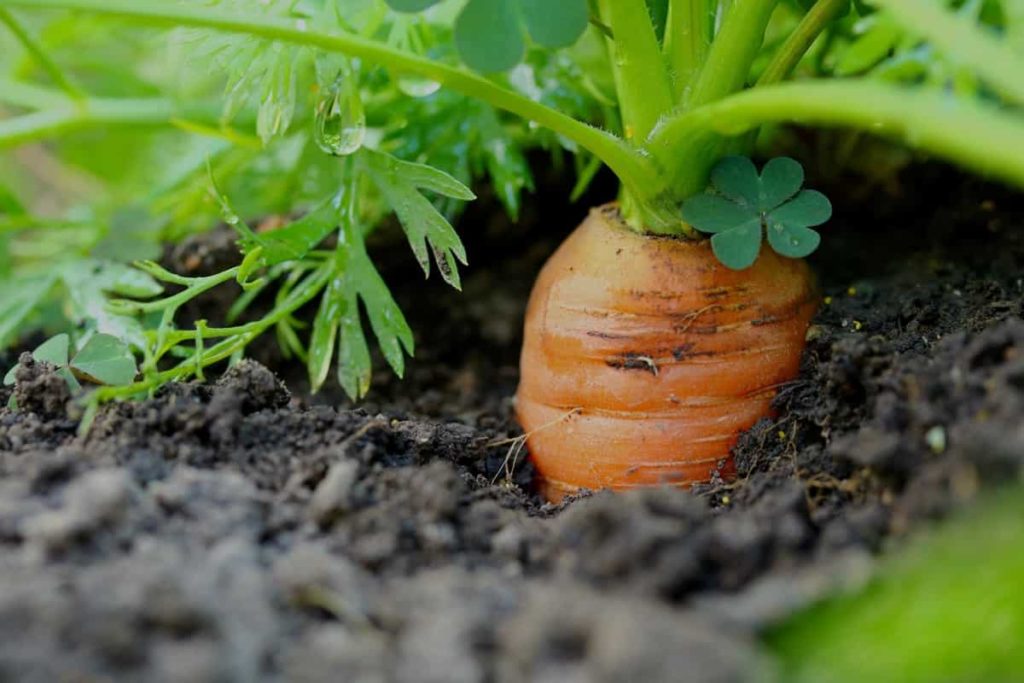
Fruits that can be grown in Seattle backyard gardens
Many fruits such as raspberries, blueberries, kiwi, grapes, pears, plums, apples, strawberries, cranberries, raspberries, and other fruits can be successfully grown in the backyards of Seattle.
In case you missed it: San Diego Backyard Gardening: How to Start with Vegetables, Fruits, Flowers, and Herbs at Home in California

Flowers that can be grown in Seattle backyard gardens
Many flowers such as creeping mazus, catmint, lavender, primrose, Japanese camellia, winter heath, hellebore, wallflowers, dahlias, and other flowers can be successfully grown in the backyards of Seattle.
Herbs that can be grown in Seattle backyard gardens
Many herbs such as basil, sage, mint, chives, oregano, parsley, thyme, lavender, rosemary, and other herbs can be successfully grown in the backyards of Seattle.
In case you missed it: San Antonio Backyard Gardening: How to Start with Vegetables, Fruits, Flowers, and Herbs at Home in Texas
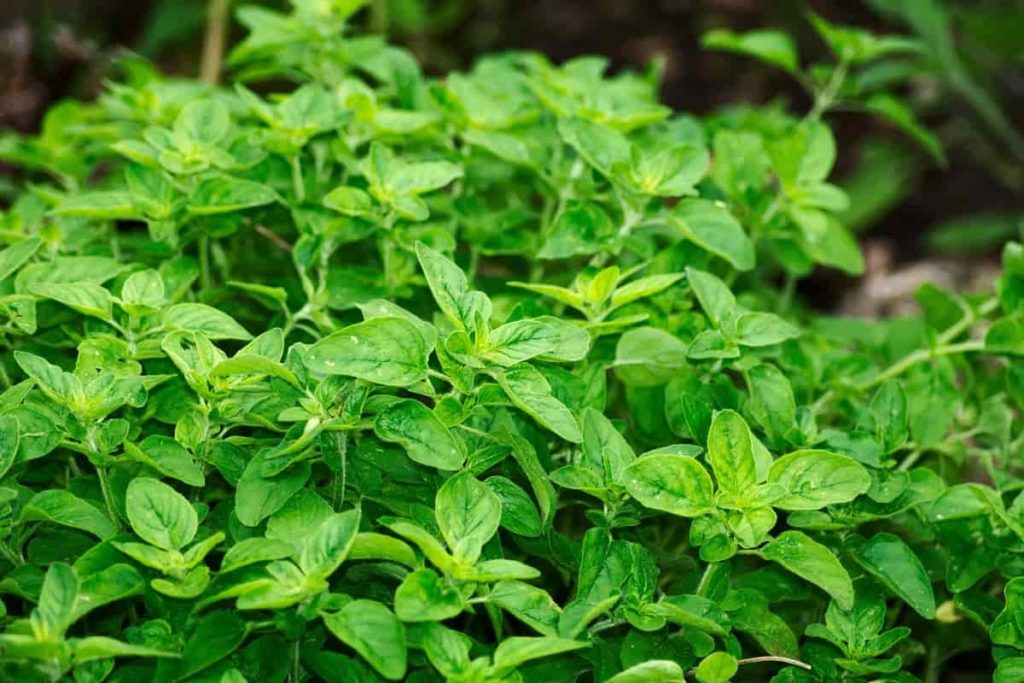
Conclusion
Don’t forget to appreciate your garden. Be sure to set out some time to relax and enjoy the results of your hard work. Establish a place for people to sit and talk to one another, read, or eat while they are in your business. You can view the birds from the comfort of your home by establishing bird feeders and creating beautiful garden borders.
- Broccoli Seed Germination and Selection
- Asparagus Seed Germination and Variety Selection
- Seasonal Flower Gardening: Best Practices for Spring, Summer, Fall, and Winter
- How to Grow Hibiscus from Flower
- Plantation Ideas for Home Decoration: A Beginners Guide
- Flower Garden Designs and Layouts for Beginners
- Planting and Spacing Techniques in Papaya: A Beginner’s Guide
- Growing Gold: Essential Techniques for Planting Pineapples
- How to Make Kalanchoe Plant Bushy: Home Remedies and Solutions
- 11 Reasons Why Your Gardenia is Not Blooming: Home Remedies and Solutions
- Eco Elegance: The Guide to Designing a Drought-Tolerant Landscape
- Gardening on a Slope: Strategies for Hillside Landscaping
- Nourish and Flourish: Top Organic Mulches for Thriving House Plants
- Everything You Want to Know about Indian Mogra Flower: Discover Uses and Growing
- Green Thumb Success: Expert Tips for Cultivating Greenhouse Pumpkins All Year Round
- Maximize Growth & Flavor: The Ultimate Guide to Companion Planting in Herb Gardens
- How to Control Rhododendron Problems Naturally: Home Remedies and Organic Ways to Fix Them
- Natural Magic: The Remarkable Benefits of Cinnamon for Plants
- Best Steps to Revive Dying Tulip with Natural and Organic Treatment
- 10 Reasons Why Your Angel Trumpet is Not Blooming: Remedies and Treatment
- How to Fix Periwinkle Leaf and Flower-Related Problems: Natural Remedies and Solutions
- How to Fix Zinnias Leaf and Flower Problems: Discover Natural and Home Remedies
- Organic Steps to Induce Lemon Tree Flowers: A Comprehensive Guide
- Bloom Booster: Crafting the Perfect Homemade Bougainvillea Fertilizer
- Optimizing Growth: A Guide to Applying NPK Fertilizer for Potted Plants
- 10 Best Homemade Fertilizers for Rubber Plant: DIY Recipes and Application Method
- How to Boost Female Pumpkin Flowers: Effective Steps for More Flowers and High Yields
- Transform Your Indoor Garden: Top Benefits of Pink Salt for Houseplants
- 10 Best Homemade Fertilizers for Peacock Plants (Calathea): Easy DIY Guide
- Unlock Blooms: 9 Reasons Why Your Potted Chrysanthemum is Not Blooming
- 8 Reasons Why Your Potted Hibiscus is Not Blooming: Fix it with Simple Solutions
- Unlock Blooms: 9 Key Reasons Your Potted Frangipani Won’t Flower
- 10 Reasons Why Is My Ice Plant Not Blooming: Remedies and Treatment
- 10 Reasons Why My Potted Hydrangea Not Blooming: Treatment and Remedies
- 10 Reasons Why is My Wisteria Not Blooming: Remedies and Treatment
- 10 Reasons Why is My Goldfish Plant Not Blooming: Remedies and Treatment